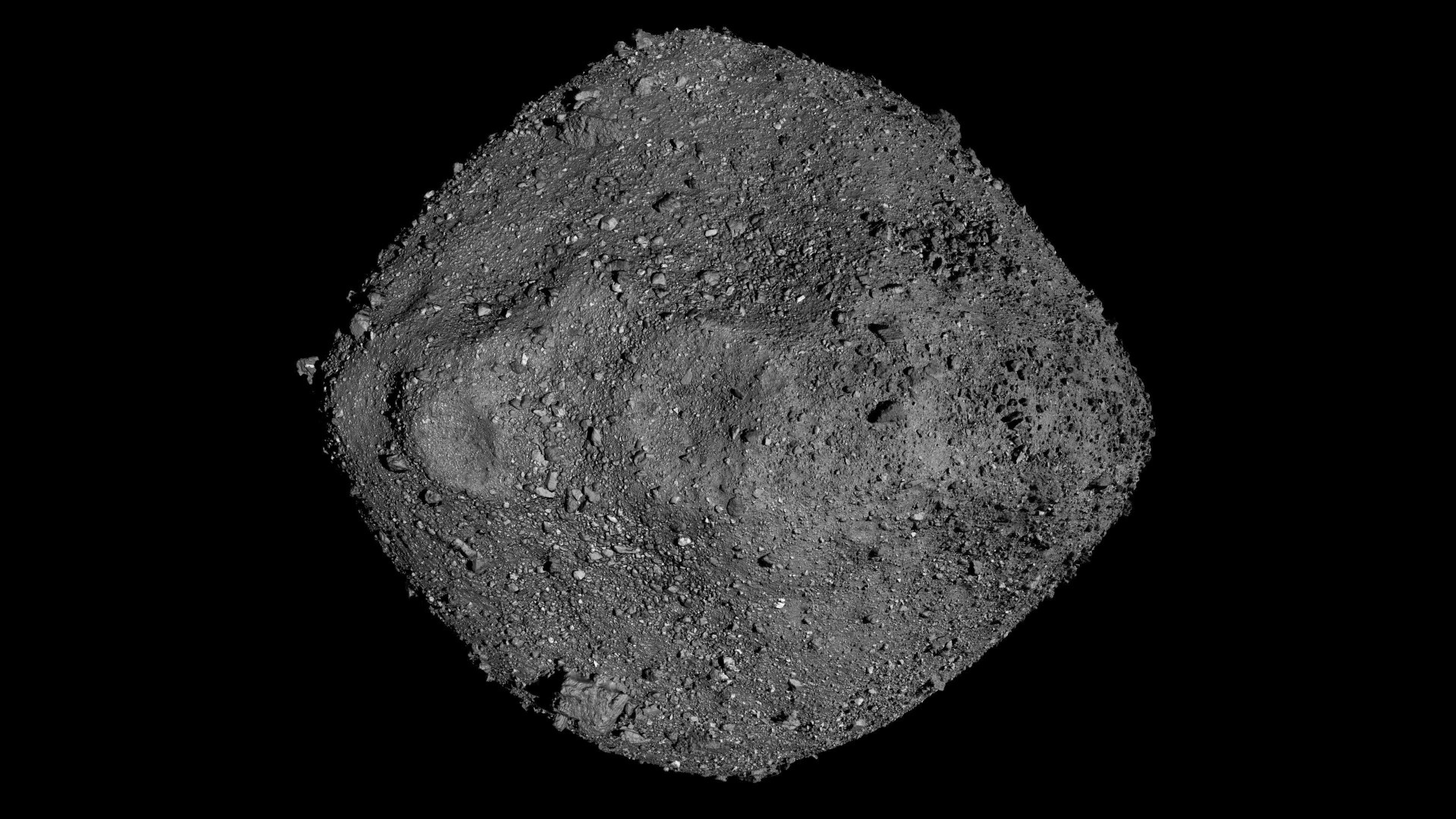Space Debris Cleanup Suggestions Ignored
Space debris cleanup suggestions byfiction writers have been made repeatedly; all have been ignored by the world'sspace agencies. Now, we have a real problem.
This past week, ISS astronauts have ducked into a Russianspace capsule for protection from space debris:
The three astronauts, two Americans and one Russian,moved into the station's attached Soyuz TMA-13 spacecraft at 12:35 p.m. EDT(1635 GMT) as a safety precaution in case the debris — a small piece of a spentsatellite motor — slammed into the orbiting lab and ripped a hole in its outerhull. The astronauts were ready to evacuate the space station if the debris hitthe station and depressurized its living space.
This follows the incident last month in which a Russiancosmos 2251 satellite improbably collided with an Iridium 33 satellite,creating enormous debris clouds:
According to an e-mail alert issued by NASA today,Russia's Cosmos 2251 satellite slammed into the Iridium craft at 11:55 a.m. EST(0455 GMT) over Siberia at an altitude of 490 miles (790 km). The incident wasobserved by the U.S. Defense Department's Space Surveillance Network, whichlater was tracking two large clouds of debris.
Satellite debris has been a problem for many years. Ofcourse, you'd think NASA and all the other space agencies would be ready with asolution.
Wrong.
Breaking space news, the latest updates on rocket launches, skywatching events and more!
Science fiction writers of all sorts, on the other hand,have been sounding the warning for generations, and weaving their imaginativesolutions into popular culture.
For example, take a look at the 1977 television series Quark.This comedy, created by legendary writer Buck Henry, described the activitiesof the UnitedGalaxies Sanitation Patrol Cruiser, an interstellar garbage scow.
Richard Benjamin played Adam Quark, who worked to cleanup trash in space. He is ably assisted by the Bettys,played by the Doublemint twins (Cyb and Patricia Barnstable).
In his 1978 novel The Fountains of Paradise,Arthur C. Clarke uses Operation Cleanupto make sure that low earth orbit is clear of debris for the newly constructedspace elevator.
"Fortunately, the old orbital forts were superblyequipped for this task. Their radars — designed to locate oncoming missiles atextreme ranges with no advance warning — could easily pinpoint the debris ofthe early Space Age. Then their lasers vaporized the smaller satellites, whilethe larger ones were nudged into higher and harmless orbits."
Fans may also recall Planetes, an anime seriespublished by Makoto Yakimura in Japan starting in 1999. The series follows ateam of debris cleaners who clearspace junk from flight paths.
Sources: Station Astronauts Take Shelter from Space Debris and U.S.Satellite Destroyed in Space Collision.
(This Science Fiction in the News story used withpermission of Technovelgy.com)
Bill Christensen is the founder and editor of Technovelgy, a website dedicated to cataloguing the inventions, technology and ideas of science fiction writers. Bill is a dedicated reader of science fiction with a passion about science and the history of ideas. For 10 years, he worked as writer creating technical documentation for large companies such as Ford, Unisys and Northern Telecom and currently works to found and maintain large websites. You can see Bill's latest project on Twitter.
